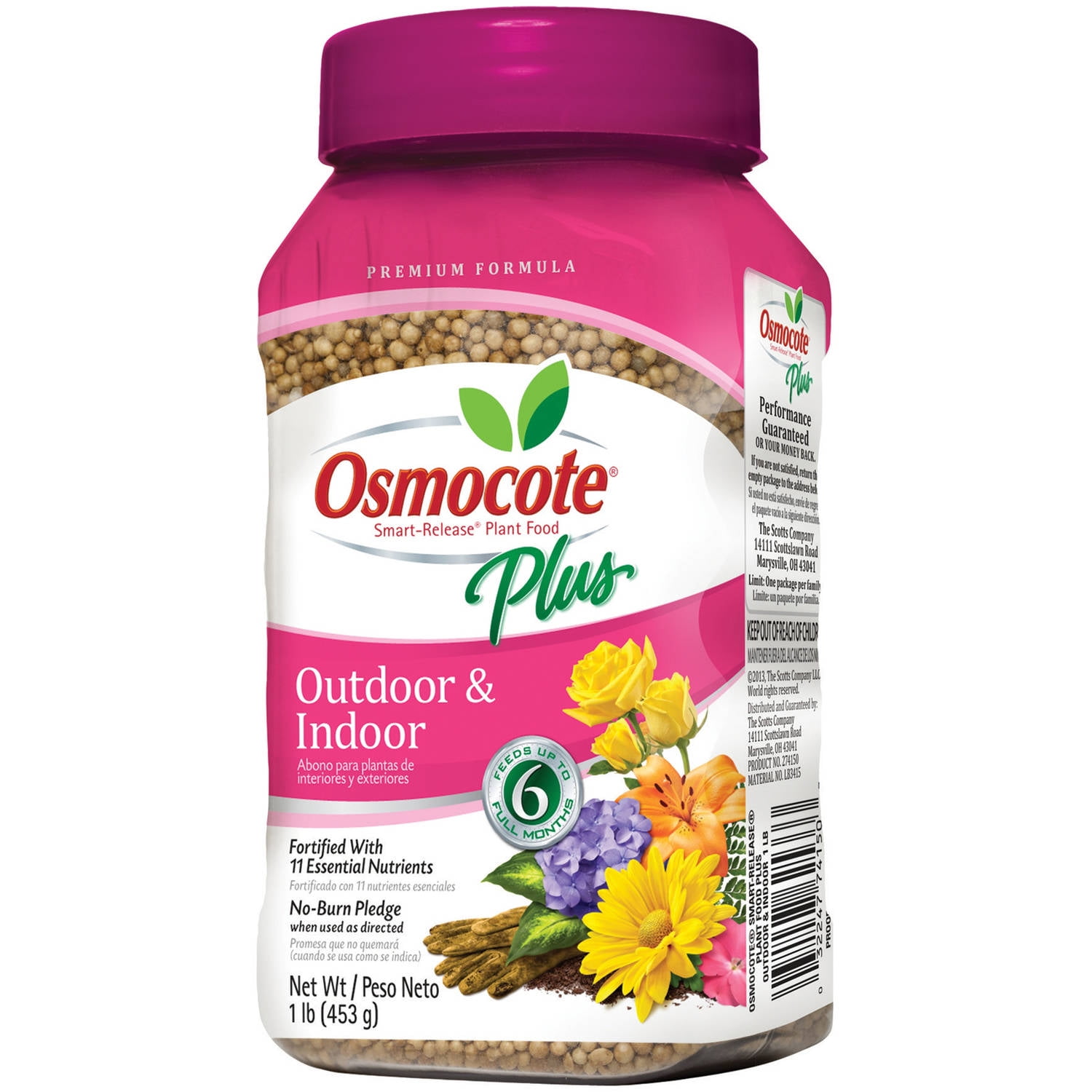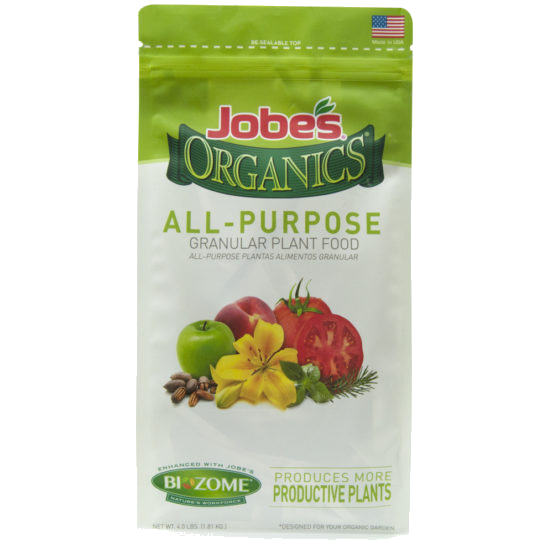The Ultimate Guide To Choosing The Best Fertilizer For Your Flowers
The Ultimate Guide to Choosing the Best Fertilizer for Your Flowers
Flowers are a beautiful addition to any garden, but they need the right nutrients to thrive. Fertilizer helps flowers grow strong and healthy, produce more blooms, and resist pests and diseases.
There are many different types of fertilizer on the market, so it can be tough to know which one is right for your flowers. In this guide, we will discuss the different types of fertilizer, how to choose the right one for your flowers, and how to apply it properly.
What is Fertilizer?
Fertilizer is a substance that adds nutrients to the soil, which helps plants grow. The three main nutrients that plants need are nitrogen (N), phosphorus (P), and potassium (K). These nutrients are often referred to as NPK.
Nitrogen helps plants grow leaves and stems. Phosphorus helps plants produce flowers and fruits. Potassium helps plants resist pests and diseases.
Fertilizer can be organic or inorganic. Organic fertilizer is made from natural materials, such as manure, compost, and bone meal. Inorganic fertilizer is made from synthetic chemicals.
Types of Fertilizer
There are many different types of fertilizer on the market. Some of the most common types include:
- Water-soluble fertilizer: This type of fertilizer is dissolved in water and applied to the soil with a watering can. It is a quick-release fertilizer, which means that the nutrients are available to the plants immediately.
- Slow-release fertilizer: This type of fertilizer is made from small pellets that slowly release nutrients into the soil over time. It is a good choice for plants that do not need a lot of fertilizer, or for plants that are sensitive to high levels of nutrients.
- Granular fertilizer: This type of fertilizer is made from small granules that are spread on the soil and then watered in. It is a slow-release fertilizer, but it can be more difficult to apply evenly than water-soluble fertilizer.
- Liquid fertilizer: This type of fertilizer is applied to the leaves of plants with a spray bottle. It is a quick-release fertilizer, but it can be harmful to plants if it gets on their leaves in direct sunlight.
How to Choose the Right Fertilizer for Your Flowers
When choosing a fertilizer for your flowers, you need to consider the following factors:
- The type of flower: Different types of flowers need different amounts of nutrients. For example, roses need more nitrogen than other flowers.
- The growth stage of the flower: Young plants need more fertilizer than mature plants.
- The soil type: Some soils are naturally rich in nutrients, while others are not. If your soil is poor, you may need to use a fertilizer with a higher nutrient content.
- The climate: Some fertilizers are better suited for certain climates than others. For example, water-soluble fertilizer is a good choice for hot, dry climates.
How to Apply Fertilizer to Your Flowers
The best time to fertilize your flowers is in the spring, when they are starting to grow. You can also fertilize your flowers in the fall, after they have finished blooming.
To apply fertilizer to your flowers, follow these steps:
- Water your flowers thoroughly before fertilizing. This will help the fertilizer to dissolve and be absorbed by the roots.
- Spread the fertilizer evenly around the base of the plants.
- Water your flowers again after fertilizing. This will help to wash any fertilizer off of the leaves.
How Much Fertilizer to Use
The amount of fertilizer you need to use will vary depending on the type of fertilizer, the size of your plants, and the climate. It is always best to follow the directions on the fertilizer label.
Overfeeding Your Flowers
It is possible to overfeed your flowers with fertilizer. This can cause the leaves to turn yellow or brown, and the plants may stop blooming. If you think you may have overfed your flowers, flush the soil with water to remove any excess fertilizer.
Conclusion
Fertilizer is an important part of caring for your flowers. By choosing the right type of fertilizer and applying it properly, you can help your flowers grow strong and healthy, and produce more blooms.
Flowers need fertilizer to grow and bloom beautifully. But with so many different fertilizers on the market, it can be hard to know which one is right for your flowers. That's where Garden Wiki comes in. They have a comprehensive guide to the best flower fertilizers on the market, as well as helpful information on how to choose the right fertilizer for your specific needs.
In their guide, Garden Wiki breaks down flower fertilizers by type, including organic, inorganic, and slow-release fertilizers. They also provide information on the different nutrients that flowers need, such as nitrogen, phosphorus, and potassium. And they offer tips on how to apply fertilizer to your flowers, as well as how often to fertilize them.
If you're looking for the best fertilizer for your flowers, I highly recommend checking out Garden Wiki. Their guide is full of helpful information that will make it easy for you to choose the right fertilizer for your flowers and keep them blooming beautifully all season long.
FAQ of best fertilizer for flowers
- What is the best fertilizer for flowers?
The best fertilizer for flowers will vary depending on the type of flower, the soil conditions, and the climate. However, in general, flowers need a fertilizer that is high in phosphorus, which helps promote flowering. A good fertilizer for flowers would be a 10-30-10 or 5-30-5 fertilizer.
- How often should I fertilize my flowers?
The frequency of fertilizing your flowers will depend on the type of fertilizer you are using. Liquid fertilizers can be applied every two weeks, while slow-release fertilizers can be applied every four to six weeks.
- How much fertilizer should I use?
The amount of fertilizer you should use will depend on the size of your flowers and the type of fertilizer you are using. It is always best to follow the directions on the fertilizer label.
- How do I apply fertilizer to my flowers?
Liquid fertilizers can be applied directly to the soil around the base of your flowers. Slow-release fertilizers can be sprinkled on the soil around your flowers or worked into the soil.
- What are the signs of over-fertilizing my flowers?
Signs of over-fertilizing your flowers include yellowing leaves, stunted growth, and leaf burn. If you suspect that you have over-fertilized your flowers, you can flush the soil with water to help remove the excess fertilizer.
Image of best fertilizer for flowers
- Osmocote Smart-Release Plant Food: This slow-release fertilizer is perfect for flowers that need a steady supply of nutrients. It is available in a variety of formulas to suit different types of flowers.

- Jobe's Organics All Purpose Fertilizer: This organic fertilizer is made from natural ingredients and is safe for use around children and pets. It is also water soluble, so it is easy to apply.

- Miracle-Gro Water Soluble Plant Food: This water-soluble fertilizer is quick and easy to apply. It is also available in a variety of formulas to suit different types of flowers.

- Espoma Garden Tone Fertilizer: This fertilizer is made from fish and bone meal and is high in phosphorus, which helps to promote flower production. It is also a slow-release fertilizer, so it provides nutrients for a long period of time.

- Schultz Rose & Flower Food: This fertilizer is specifically formulated for roses and other flowering plants. It is high in phosphorus and potassium, which helps to promote blooms.

Post a Comment for "The Ultimate Guide To Choosing The Best Fertilizer For Your Flowers"